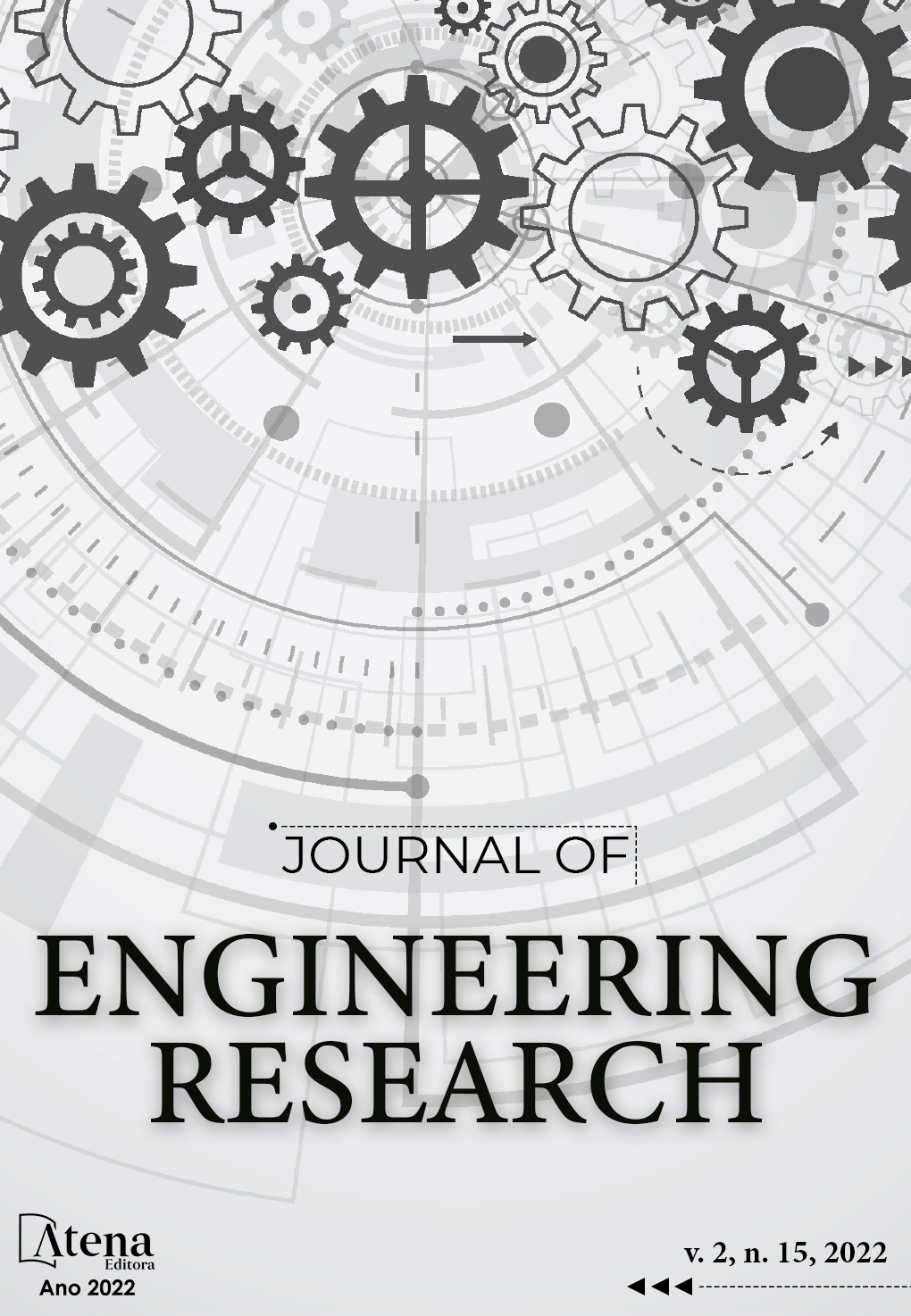
FABRICACION DE CARBÓN ACTIVADO A PARTIR DE CÁSCARA DE COCO PARA LA ADSORCION DE CIANURO DE SODIO
En el presente trabajo se llevó a cabo la elaboración de carbón a partir de cáscara de coco, seguido de un tratamiento físico en un horno mufla para llevarlo a la etapa de carbonización a temperaturas de entre 800 – 1000°C, posteriormente se puso en contacto con soluciones de cianuro, demostrando que dicho carbón es tan efectivo como el carbón mineral.
En relación con la preparación de carbón con las cáscaras de coco, y la caracterización, podemos concluir que el análisis realizado, está dentro de los estándares que marca la norma y en cuanto a su área superficial tiene los mismos m2/gr que un carbón mineral.
Con relación a la adsorción de cianuro en carbón activado con un pH 11 ocurre una adsorción física del cianuro en sitios positivos, así como el intercambio de iones con los distintos grupos superficiales del carbón, por lo tanto los carbones básicos tiene menos sitios ácidos menos cargas negativas y mas grupos para el intercambio iónico, lo cual ayuda a una mayor adsorción.
Con respecto al tratamiento físico, éste presentó mayor porosidad y por tanto más sitios de anclaje, mostrando un efecto catalítico sin tener presencia de un agente oxidante en la reacción.
En la microscopia electrónica de barrido se presentó una mayor porosidad después del tratamiento físico o tratamiento de carbonización a 950 °C y en las imágenes a 800x se mostró una mayor tendencia de poros
FABRICACION DE CARBÓN ACTIVADO A PARTIR DE CÁSCARA DE COCO PARA LA ADSORCION DE CIANURO DE SODIO
-
DOI: 10.22533/at.ed.3172152220072
-
Palavras-chave: carbón activado, cianuro, cascara de coco
-
Keywords: treatment, cyanide, activated carbón
-
Abstract:
In the present work, the elaboration of charcoal from coconut shell was carried out, followed by a physical treatment in a muffle furnace to take it to the carbonization stage at temperatures between 800 - 1000 ° C, later it was put in contact with cyanide solutions, showing that said carbon is as effective as mineral carbon.
In relation to the preparation of charcoal with coconut shells, and the characterization, we can conclude that the analysis carried out is within the standards set by the norm and in terms of its surface area it has the same m2/gr as a mineral charcoal. .
In relation to the adsorption of cyanide in activated carbon with a pH of 11, a physical adsorption of cyanide occurs in positive sites, as well as the exchange of ions with the different surface groups of the carbon, therefore basic carbons have fewer acid sites and fewer charges. negative and more groups for ion exchange, which helps greater adsorption.
Regarding the physical treatment, it presented greater porosity and therefore more anchoring sites, showing a catalytic effect without the presence of an oxidizing agent in the reaction.
In the scanning electron microscopy, a greater porosity was presented after the physical treatment or carbonization treatment at 950 °C and in the images at 800x a greater tendency of pores was shown.
-
Número de páginas: 11
- LEONOR MUÑOZ RAMIREZ
- SERGIO GARCÍA VILLARREAL
- GLORIA GUADALUPE TREVIÑO VERA
- SAMUEL CHACON DE LA ROSA
- ERIK ALFREDO PADILLA ZARATE
- CLAUDIA VERONICA REYES GUZMAN


